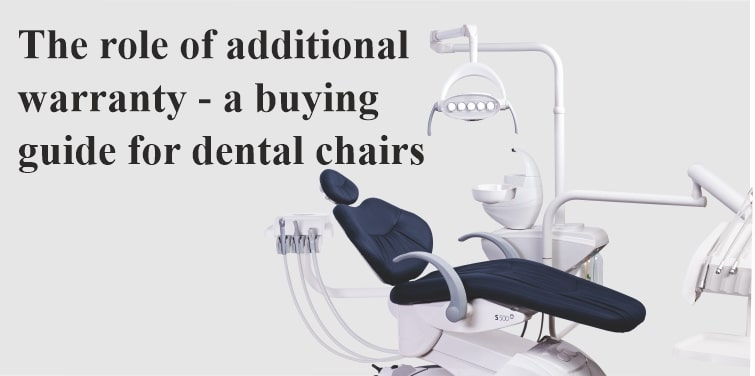What DSO Leaders Should Know About 3D Dental Imaging

As a dental service organization (DSO) leader, you understand the importance of staying on top of the latest advancements in dentistry. One of the most exciting developments in recent years has been the emergence of 3D dental imaging technology. With this technology, dental professionals can view the teeth, jaw, and other structures in 3D, providing more accurate and detailed information than ever before.
In this blog post, we’ll explore what you need to know, including the benefits, the technology behind it, and how it can improve patient outcomes. By understanding the potential of 3D dental imaging, you can make informed decisions about integrating this technology into your DSO locations, improving patient care, and driving practice growth.
What is 3D Imaging?
3D dental imaging, also known as cone beam computed tomography (CBCT), is a type of imaging technology that DSOs are likely familiar with. It uses a cone-shaped X-ray beam to create an image of the teeth, jaw, and other structures in the mouth. This advanced technology provides a detailed view of the internal structures of the mouth, enabling dental professionals to diagnose and treat dental issues more easily.
With the ability to capture these images, DSOs can now offer their patients more accurate and efficient dental care, resulting in improved patient outcomes and satisfaction.
What are the Benefits of 3D Dental Imaging?
There are several benefits including:
- More Accurate Diagnoses: Dental practitioners can see the teeth and other structures in the mouth from all angles, providing a more accurate and complete diagnosis.
- Better Treatment Planning: Dental professionals can better plan and execute complex procedures such as implant placement and orthodontic treatment.
- Reduced Radiation Exposure: This uses a lower dose of radiation than traditional CT scans, making it a safer option for patients.
- Improved Patient Education: This technology allows dentists to show patients their 3D scans, helping them to better understand their dental issues and the proposed treatment plans.
What Procedures Use 3D Dental Imaging?
This technology is used in a variety of dental procedures, including:
- Implant Placement: 3D dental imaging allows dental professionals to accurately place dental implants, improving the success rate of the procedure.
- Orthodontic Treatment: This helps dental professionals to plan and execute orthodontic treatment, such as braces and aligners.
- Root Canal Treatment: This technology can help dental professionals to identify and treat issues such as root canals with greater accuracy.
- TMJ Treatment: 3D dental imaging allows clinicians to diagnose and treat temporomandibular joint (TMJ) disorders.
AI Imaging and the Future
Artificial intelligence (AI) has played a significant role in the development of 3D dental imaging technology. With AI, dental practitioners can analyze large volumes of data generated by 3D imaging systems to make more accurate diagnoses and treatment plans. AI-powered software can also assist with image reconstruction and analysis as well. This makes it easier to identify abnormalities that may be difficult to detect with traditional 2D imaging.
AI-powered dental imaging software like Apteryx XVWeb can help practitioners save time and increase the accuracy of their diagnoses and treatment plans. By leveraging the power of AI, dental professionals can provide more personalized and effective care to their patients.
In Conclusion
3D dental imaging is an exciting advancement in the field of dentistry, providing dental professionals with a more accurate and detailed view of the teeth, jaw, and other structures in the mouth. With its many benefits, this technology is becoming an increasingly common tool in dental practices and DSOs.
If you’re interested in learning more about implementing cutting-edge tech, check out more about Apteryx XVWeb here!


